Scientific name Helleborus viridis Rank Species | Genus Helleborus Higher classification Hellebore | |
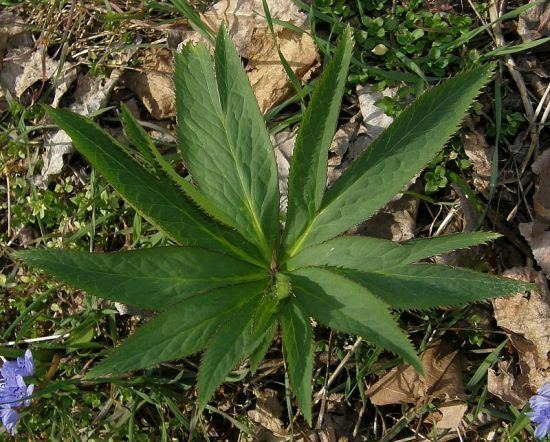 | ||
Similar Hellebore, Helleborus foetidus, Ranunculaceae, Helleborus lividus, Helleborus argutifolius | ||
Helleborus viridis top 11 facts
Helleborus viridis, commonly called green hellebore, is a perennial flowering plant in the buttercup family, Ranunculaceae, native to Central and Western Europe, including England. All parts of the plant are poisonous.
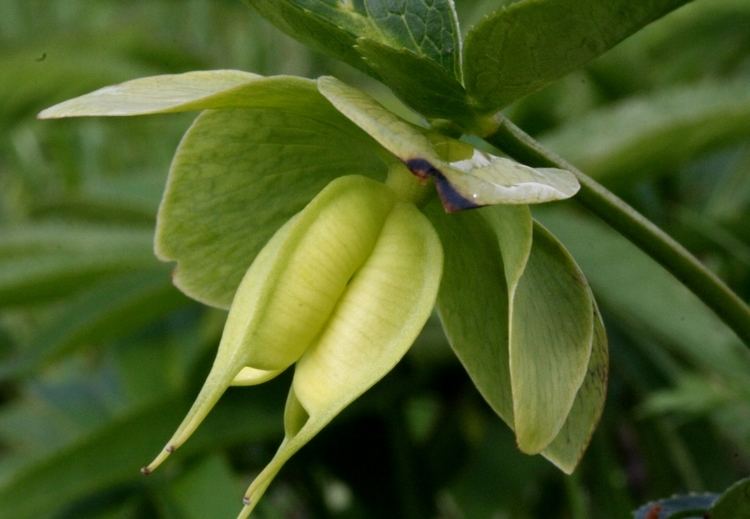
The green hellebore was one of the many plants first described by Linnaeus in volume one of his 1753 tenth edition of his Species Plantarum. The species name is the Latin adjective viridis, "green". Two subspecies are recognised, subspecies viridis from Central Europe and the maritime Alps, and subspecies occidentalis from western Europe including England.
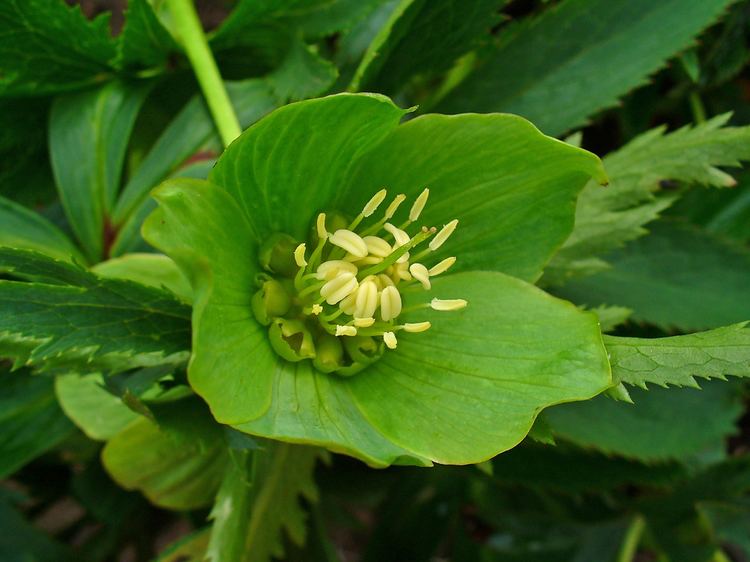
Other common names recorded include bastard hellebore, bear's foot and boar's foot.
Growing to around 60 cm (2 ft) high, the green hellebore is a perennial plant. The flowers appear in spring (February to April). They have five large green oval sepals with pointed tips, and seven to twelve much smaller petals. The roots are rhizomatous. Subspecies viridis has flowers of 4–5 cm diameter and leaves covered with fine hairs, while the flowers of subspecies occidentalis are smaller (3–4 cm diameter) and its leaves are smooth.
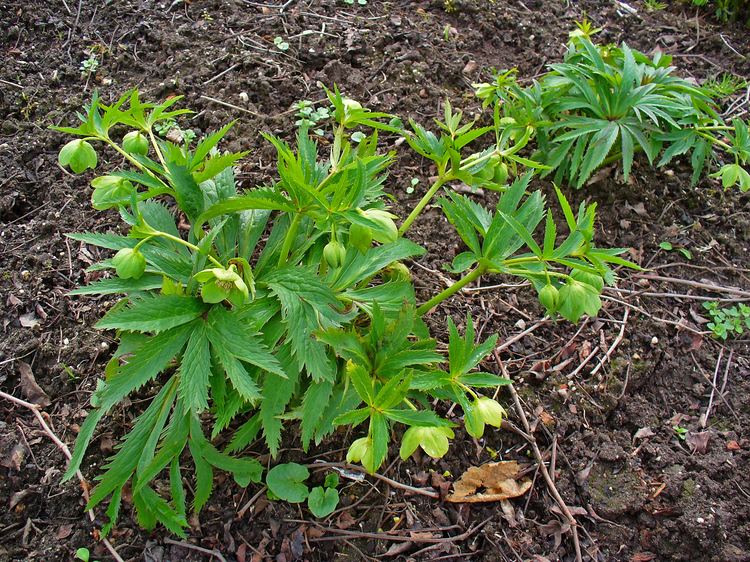
The green hellebore is found in Western and Central Europe, east to eastern Austria and south to northern Italy. It grows on limestone and chalk-based soils in the south of England.
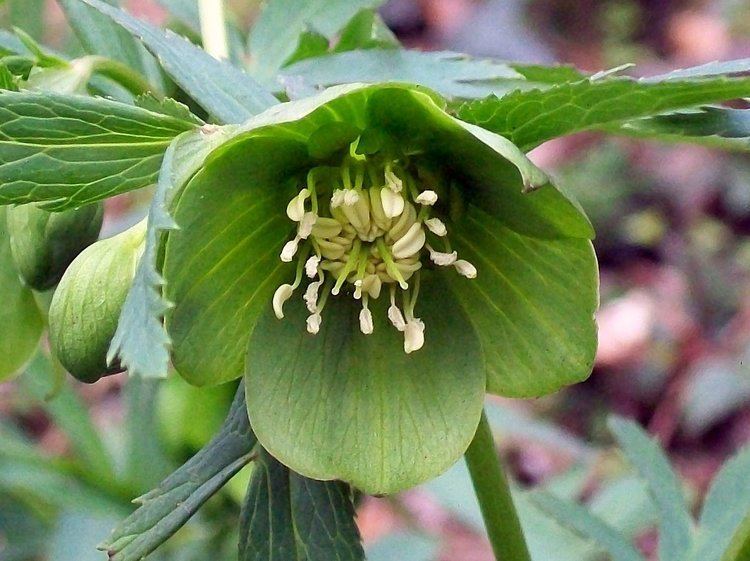
The green hellebore has become weedy in North America, Scandinavia, the Netherlands, and northern Germany.
Consumption of any part of the plant can lead to severe vomiting and seizures. Its purgative properties meant that it was traditionally used as a folk remedy to treat worms in children and topically to treat lice.
